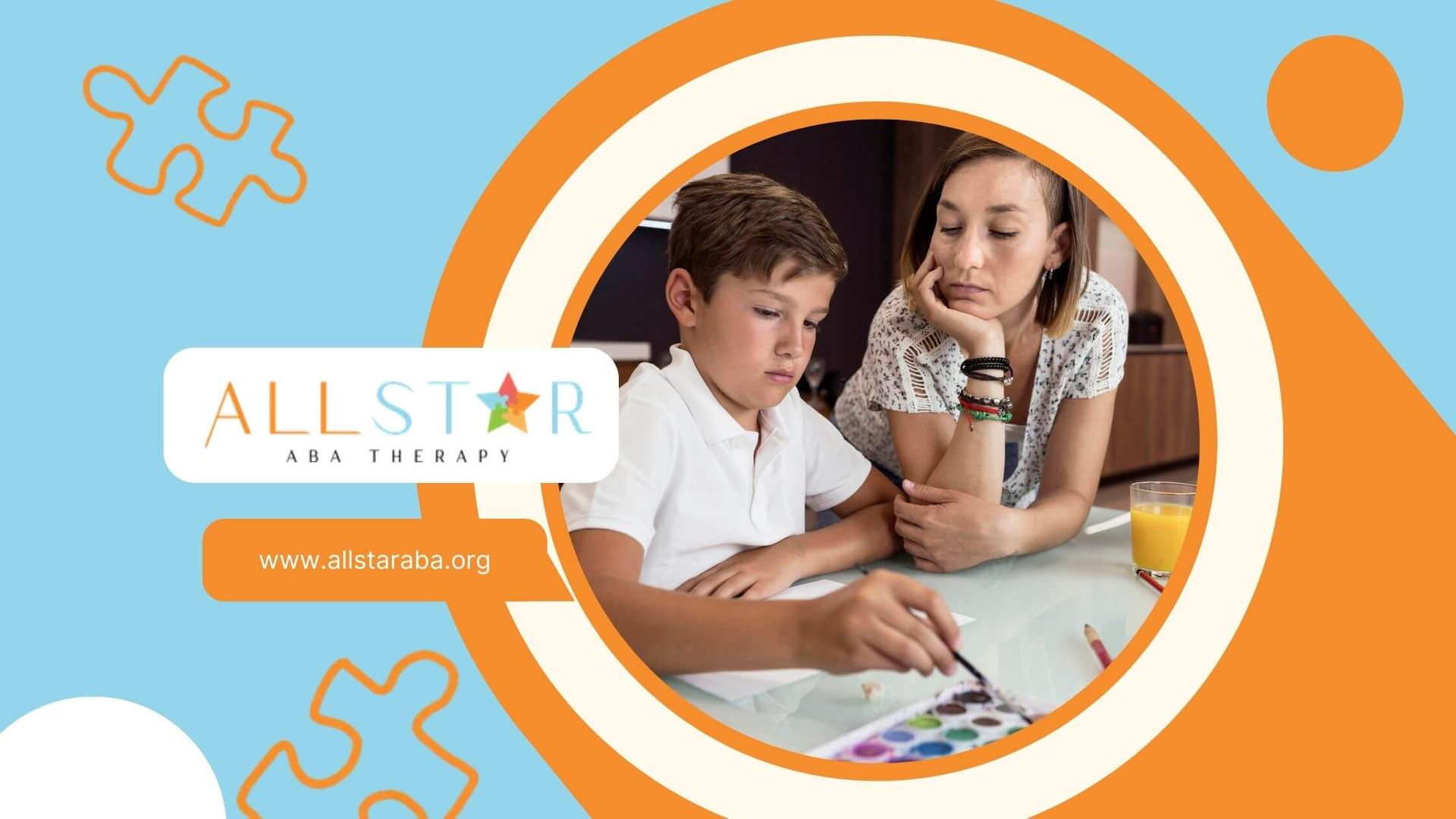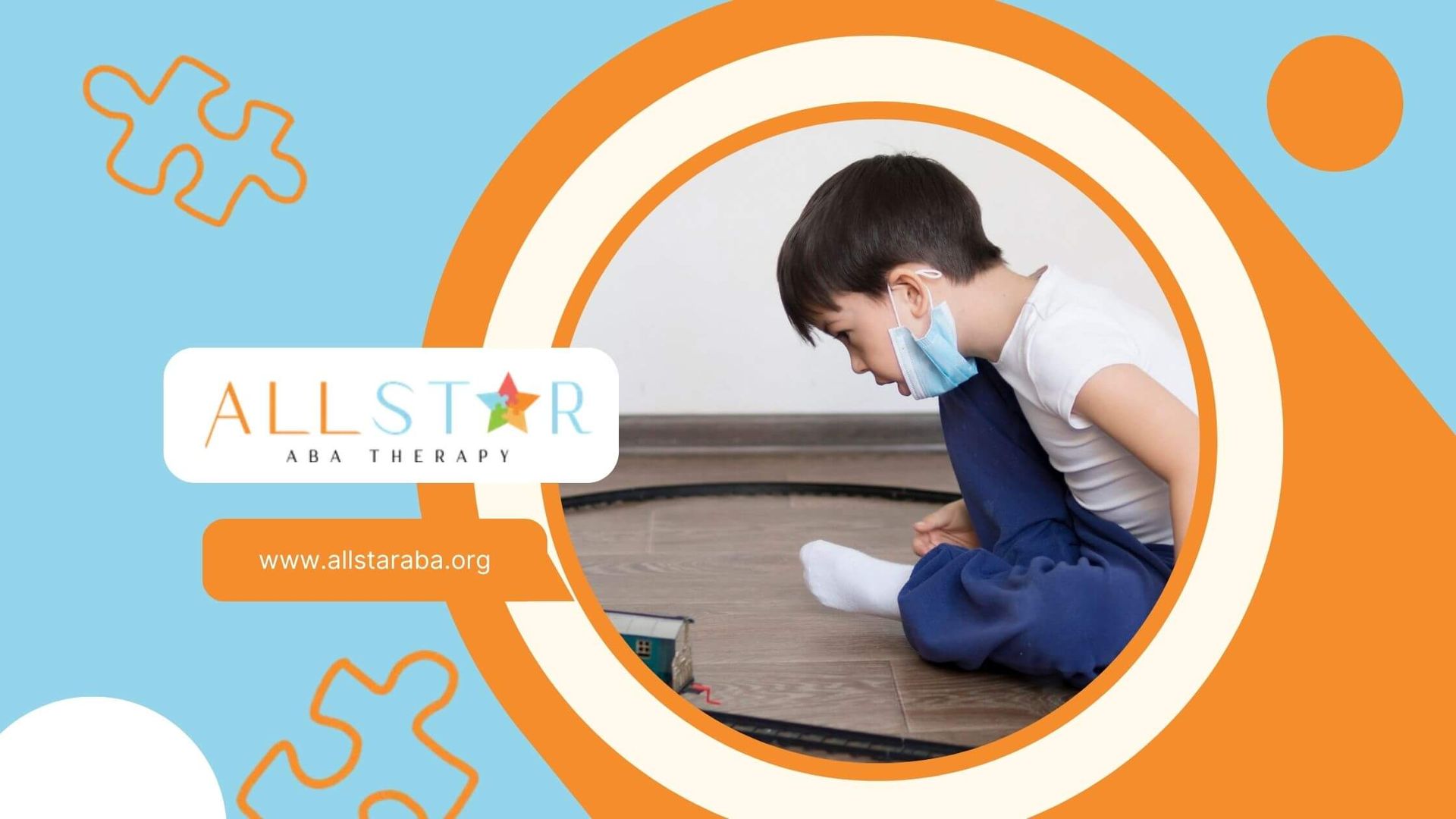New Paragraph
Tacting vs. Labeling: Understanding Their Roles in Effective ABA Therapy
What is the difference between labeling and tacting? This question is fundamental in the field of Applied Behavior Analysis (ABA) therapy, particularly when working with children on the autism spectrum. Understanding these two concepts can significantly enhance communication skills and overall language development.
In this article, we will explore the definitions, differences, and applications of labeling and tacting, providing a comprehensive overview for parents, educators, and therapists alike.
Understanding Labeling and Tacting
Labeling refers to the process of identifying and naming objects, actions, or events. It is a foundational skill in communication that helps children build a vocabulary of words they can use to express themselves.
For example, when a child sees a ball and says "ball," they are engaging in labeling. This skill is often taught through structured activities where a therapist or caregiver prompts the child to recognize and name items.
Tacting, on the other hand, involves commenting on or describing objects or events based on what the child sees or experiences in their environment. Unlike labeling, which is usually prompted by an adult, tacting encourages more spontaneous communication.
For instance, if a child sees a dog outside and exclaims "dog!" they are tacting. This ability allows children to engage more meaningfully with their surroundings and express their thoughts and feelings.
Key Differences Between Labeling and Tacting
While labeling and tacting may seem similar at first glance, they serve different purposes in language development:
1. Purpose and Intent
- Labeling: The primary goal of labeling is to teach children to identify and name things they see, hear, or touch. It focuses on vocabulary expansion.
- Tacting: Tacting aims to help children comment on their environment spontaneously. It encourages them to express observations and feelings about what they see or experience.
2. Receptive vs. Expressive Communication
- Labeling: This skill primarily targets receptive language skills as children learn to recognize words associated with objects or actions when prompted.
- Tacting: Tacting develops expressive language skills by prompting children to make spontaneous comments about their observations.
3. Cognitive Engagement
- Labeling: Labeling tends to be more passive since it often involves responding to prompts from adults.
- Tacting: Tacting requires active cognitive engagement as children must pay attention to their surroundings and respond accordingly.
The Importance of Labeling in ABA Therapy
Labeling plays a critical role in ABA therapy as it lays the groundwork for effective communication. Here are some key aspects of how labeling is utilized:
Building Vocabulary
Through consistent practice, children learn to recognize and label various items around them. For example:
- Therapist: "This is a cup."
- Child: "Cup."
As children repeat these exercises, they build a mental library of words that enhances their ability to express themselves.
Foundation for Complex Verbal Behaviors
Labeling not only helps expand vocabulary but also serves as a foundation for more complex verbal behaviors such as requesting items or making comments about their environment.
Structured Learning Environment
In ABA therapy, labeling is often taught in structured settings where therapists can provide immediate feedback and reinforcement. This approach helps children gain confidence in their ability to use language effectively.
The Role of Tacting in ABA Therapy
Tacting is equally important in developing communication skills among children with autism. Here’s how tacting is implemented in therapy:
Encouraging Spontaneous Communication
Tacting encourages children to comment on their surroundings without being prompted directly. For instance:
- Therapist: "What do you see outside?"
- Child: "A dog."
This type of interaction fosters independence in communication and enhances socialization skills.
Real-World Application
Tacting exercises are often conducted in real-world situations to make communication more relevant. By encouraging children to describe what they see or feel in their immediate environment, therapists help them connect language with experience.
Enhancing Conversational Skills
As children become more adept at tacting, they develop better conversational abilities. They learn not only to label items but also to engage in meaningful discussions about their observations and experiences.
Practical Strategies for Teaching Labeling and Tacting
To effectively teach labeling and tacting within an ABA framework, therapists can employ various strategies:
For Labeling
- Use Visual Aids: Incorporate pictures or real objects during sessions to help children associate words with items.
- Repetition: Encourage repeated exposure to words through games or flashcards that reinforce learning.
- Positive Reinforcement: Provide praise or rewards when children correctly label items to motivate them further.
For Tacting
- Natural Environment Training: Conduct sessions outside or in different settings where children can observe various objects and situations.
- Prompting Techniques: Use open-ended questions that encourage children to describe what they see rather than simply naming it.
- Modeling Behavior: Demonstrate tacting by commenting on your own observations during activities (e.g., "Look at that big tree!").
Conclusion
Understanding the difference between labeling and tacting is crucial for parents, educators, and therapists working with children on the autism spectrum. Both skills play vital roles in language development and communication enhancement. By implementing effective teaching strategies for both labeling and tacting, caregivers can foster greater independence in communication among children.
If you are seeking expert guidance on how to support your child's communication skills through ABA therapy, we invite you to
contact
All Star ABA today! Our dedicated team of professionals is here to provide personalized care tailored to your child's unique needs.
Frequently Asked Questions
What is the main difference between labeling and tacting?
Labeling focuses on identifying objects when prompted, while tacting involves spontaneous comments about what a child sees or experiences.
Why is labeling important in ABA therapy?
Labeling helps build vocabulary, serves as a foundation for complex verbal behaviors, and provides structured learning opportunities.
How can I encourage my child to practice tacting?
Engage your child in real-world situations where they can observe various objects and encourage them to describe what they see without direct prompts.
Can both skills be taught simultaneously?
Yes! Teaching both labeling and tacting together can enhance overall language development by providing complementary skills.
What age should my child start learning these skills?
Children can begin learning these skills at an early age; however, each child's readiness may vary based on individual developmental milestones.
Need Support?
We're Here to Help!
Our experienced team is ready to assist you. Reach out today to discuss how we can support your child's development and well-being.
Get started with expert ABA therapy today.








